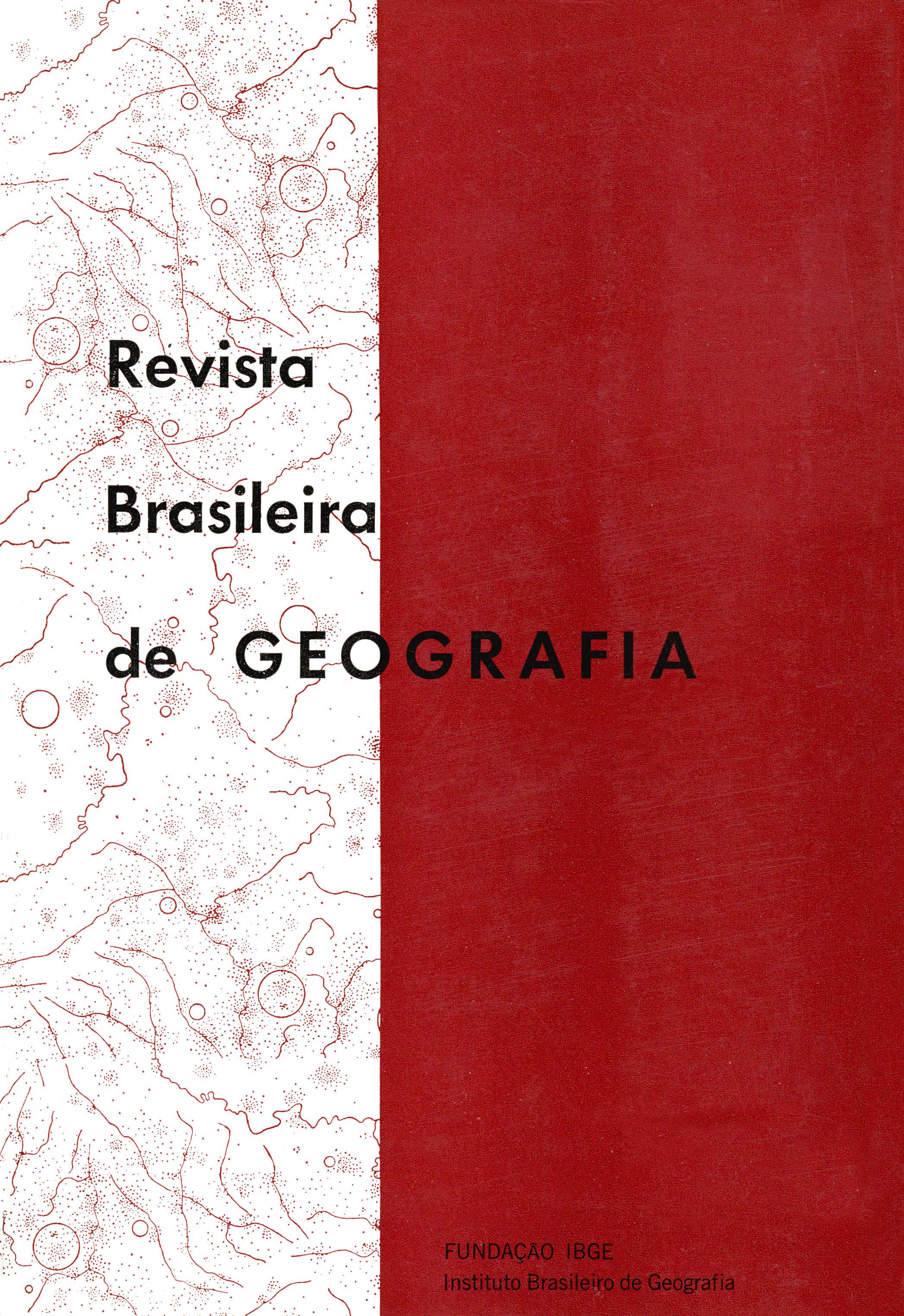Subsídios à regionalização e classificação funcional das cidades
Palavras-chave:
São Paulo - Estado, São Paulo - SP, Geografia urbana, Crescimento urbano, Teoria dos grafosResumo
The present work has as main purpose the study of the spatial structure of the town systems of São Paulo Estate, through the utilization of the Graph Theory, Influence areas of towns of more than 15,00 inhabitants In the urban zone, in 1970, were determined utilizing telephonic-call fluxes between pair-of-cities proceeding from a sample accomplished by TELESP in June, 1972.
From the analysis of the results derived a hierarchy of towns, these being related to spatial variants such as relative spatial location of towns in the general system, axes of development, distances by road to São Paulo, etc. The adjacent matrix have shown that the only "town of zero out-degree" was the great São Paulo, center of the system, with an area of influence over the entire state, in part derived from the high concentration of socioeconomic and politic-administrative activities, and by the lack of another center of such extent which could compete with it in the dominance of the other analyzed urban centers. We utilize the dominance criterion as a variant and by the transitiveness propriety we have ascribed sub-zones to its respective are as o f influence.
It was jointly achieved a functional classification of the towns and its association with an obtained "regionalization" in an attempt to qualify the components of spatial system according the predominant economic activities and its respective geographical dimensions of the influence areas of these components, and the spatial characteristics and functional specialization as well.
Finally, some characteristics and limitations of regionalization as a spatial technique of analysis are presented.






